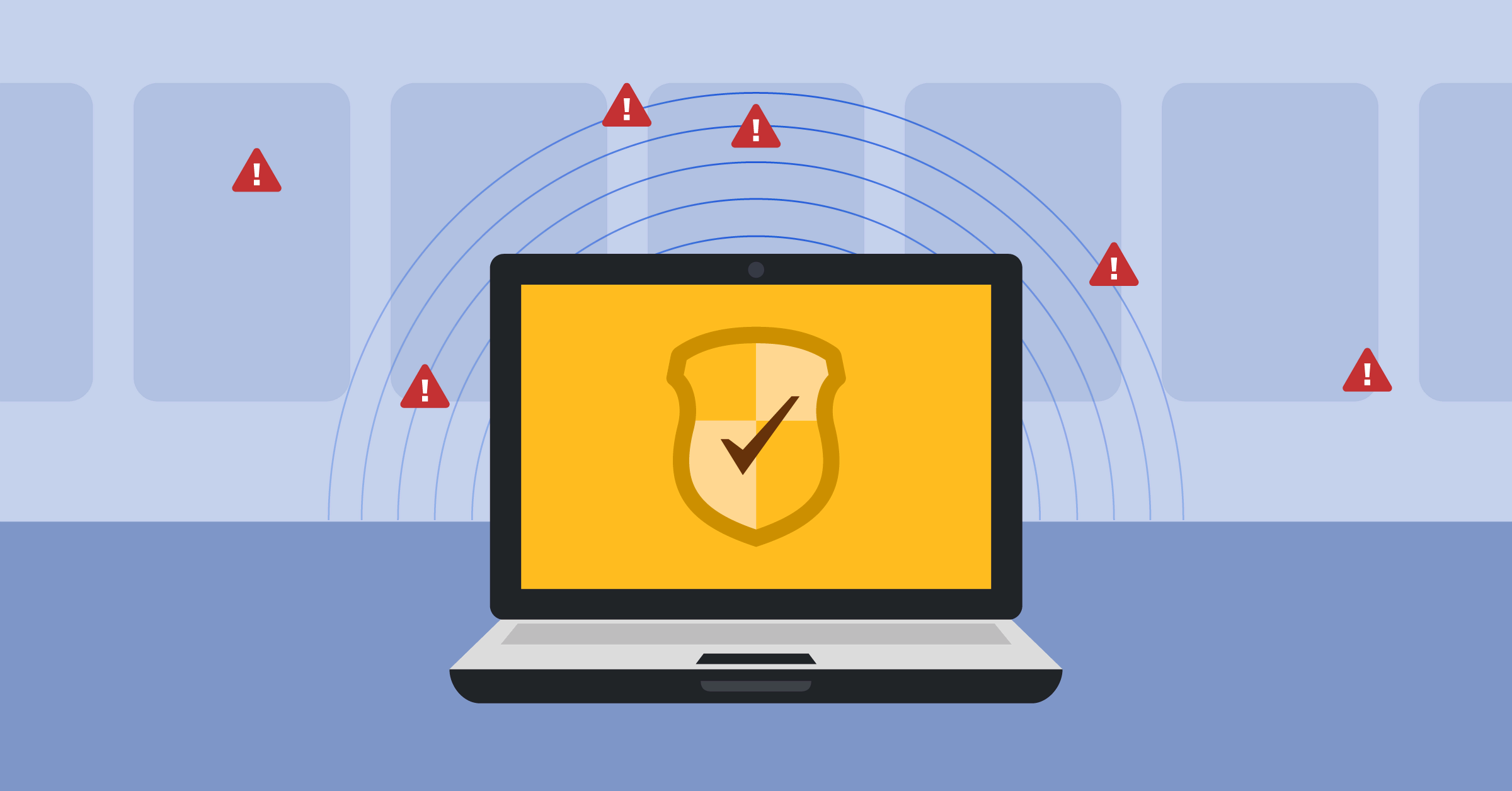
Features to look for in an out-of-band communication solution
Weighing your options for out-of-band communication? Don’t overlook these key features and functionalities in your out-of-band communication solution.
Today’s most effective organizations rely on many different types of communication to stay connected and focus on what’s most important throughout the day, including email, phone calls, video calls, and chat.
In an age where data breaches and network outages are more or less unavoidable, more and more organizations are deploying out-of-band (OOB) communication solutions alongside their primary communication networks to ensure they can reliably communicate in the event their main line is compromised.
While out-of-band channels can bake more resiliency and adaptability into operations, not every OOB solution is created equal. As you begin searching for an OOB platform to augment your organization’s communicative capabilities, keep these nine out-of-band features top of mind to increase the chances you invest in the best solution for your specific requirements.
1. Reliability, availability, and redundancy
Since your out-of-band solution needs to be accessible in mission-critical scenarios, it must prioritize reliability, availability, and redundancy. This ensures uninterrupted communication in high-stakes situations, mitigating the risk of network failures. Look for a resilient OOB system with high availability and failover mechanisms to guarantee continuous operation — and a reliable lifeline during emergencies.
2. Advanced security measures
OOB channels need to be highly secure, with strict access controls and multi-factor authentication (MFA) to prevent bad actors from intercepting confidential communications and data. On top of this, the ideal solution will encrypt data at rest and in transit and can even employ self-destruction to ensure messages disappear after they’re read. By deploying an open source out-of-band solution that provides complete access to source code, organizations can add security mechanisms as they see fit, further safeguarding against unauthorized access and cyber threats.
3. Ease of deployment and integration
Since you want to get your OOB channels up and running quickly, the right solution should be easy to deploy and implement, with minimal downtime or operational disruption. What’s more, since no two organizations are the same, the best option should be compatible with existing infrastructure and seamlessly integrate into the organization’s workflows, allowing for a seamless transition to the out-of-band system when seconds matter.
This is another area where open source out-of-band solutions are particularly helpful since they can be customized to meet each organization’s unique requirements.
4. Scalability
Scalability is essential for an out-of-band communications solution. Whether expanding operations or dealing with fluctuating workloads, a scalable solution can accommodate evolving organizational needs. As a result, teams can rest comfortably knowing that their out-of-band communication system can keep pace with their growth and be accessible to as many people who need it.
5. Alerting and notification features
When organizations need to use their OOB solution, time is often of the essence. This is why effective alerting and notification features are a requirement for any reliable OOB channel. With robust alerting and notification capabilities, teams can share critical information in real-time while ensuring that key personnel are promptly informed and have read the messages. This, in turn, improves overall organizational responsiveness by ensuring teams can respond rapidly to evolving situations.
6. Audit trail and reporting
The ideal out-of-band solution will ship with automatic audit trail and reporting mechanisms, providing the transparency and accountability teams need to stay secure and maintain compliance. Such features automatically log relevant activities, offering a detailed record of interactions whenever the OOB channel is in use. In addition to security and compliance, this functionality also helps organizations conduct post-incident analysis, enabling them to assess and improve their emergency response procedures after each occurrence.
7. Automated checklists
When time is of the essence, automated checklists are truly game-changing, enhancing operational efficiency by guiding users through predefined processes. By deploying an out-of-band solution with built-in automated checklist capabilities, organizations can ensure that no crucial steps are overlooked during emergency scenarios and that employees don’t waste time thinking about what they need to do next. When disaster strikes, they can just click a few buttons to pull up an automated checklist and automatically assign relevant individuals to specific tasks, increasing accountability while accelerating response times.
8. Strong user experience
Since your OOB solution won’t do much good if your team doesn’t know how to use it or doesn’t like using it, it’s critical to invest in a platform that delivers a strong user experience. By doing so, you can increase adoption and ensure that your team can work productively and maintain focus during mission-critical scenarios. As you research your options, look for an OOB channel that offers an intuitive interface, easy navigation, and responsive design. By minimizing the amount of time users need to spend to get up to speed with a new platform, organizations can keep training costs low.
9. Training resources
Speaking of training: When it comes to any piece of technology, different users have different learning curves. Some might pick up a new OOB solution very quickly, while others may need more time to familiarize themselves with navigation. For this reason, look for a platform that offers comprehensive training resources, including documentation, learning tracks, and a forum where community members can share ideas, ask questions, and troubleshoot any issues. This way, all users can search for information and learn more about the platform at their own pace.
Learn more about out-of-band communication!
Now that you have a better idea of some of the must-have features your out-of-band solution should have, it’s time to continue learning more about the benefits and challenges of out-of-band communications — along with some tips on evaluating and implementing an OOB system for your organization.
When you’re ready, check out our free guide: Out-of-Band Communications: Maintaining Business Continuity.




